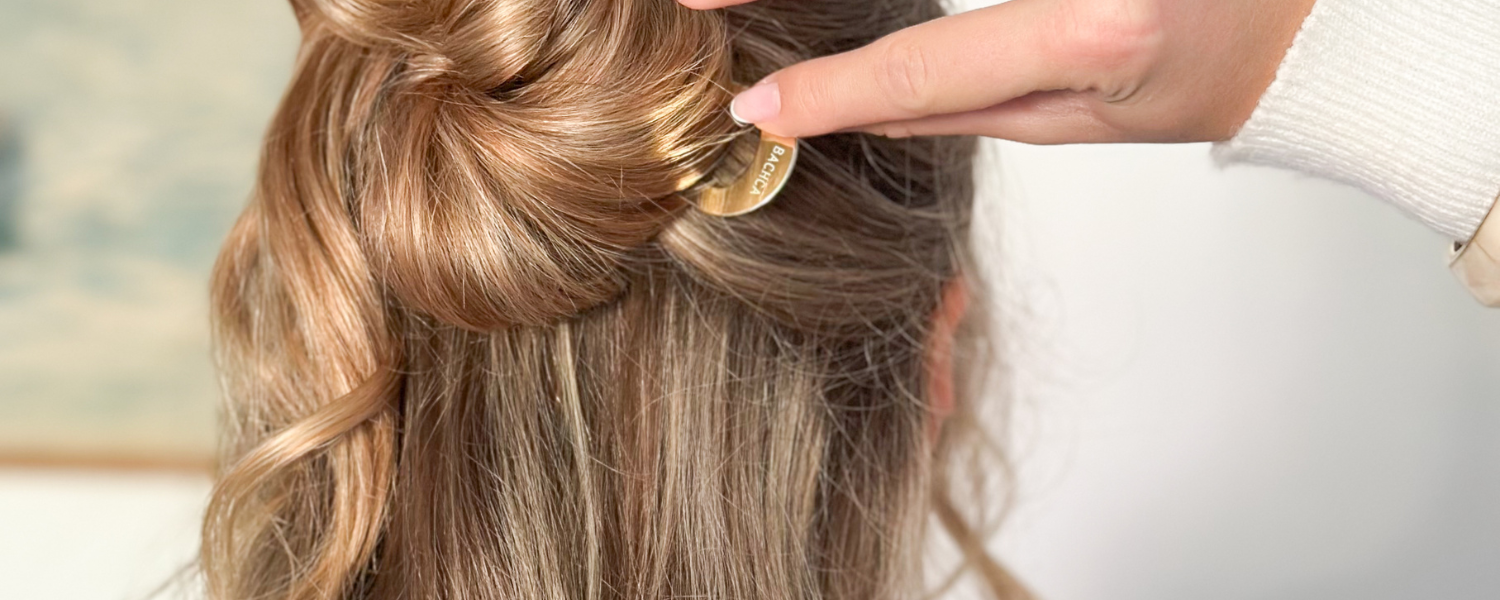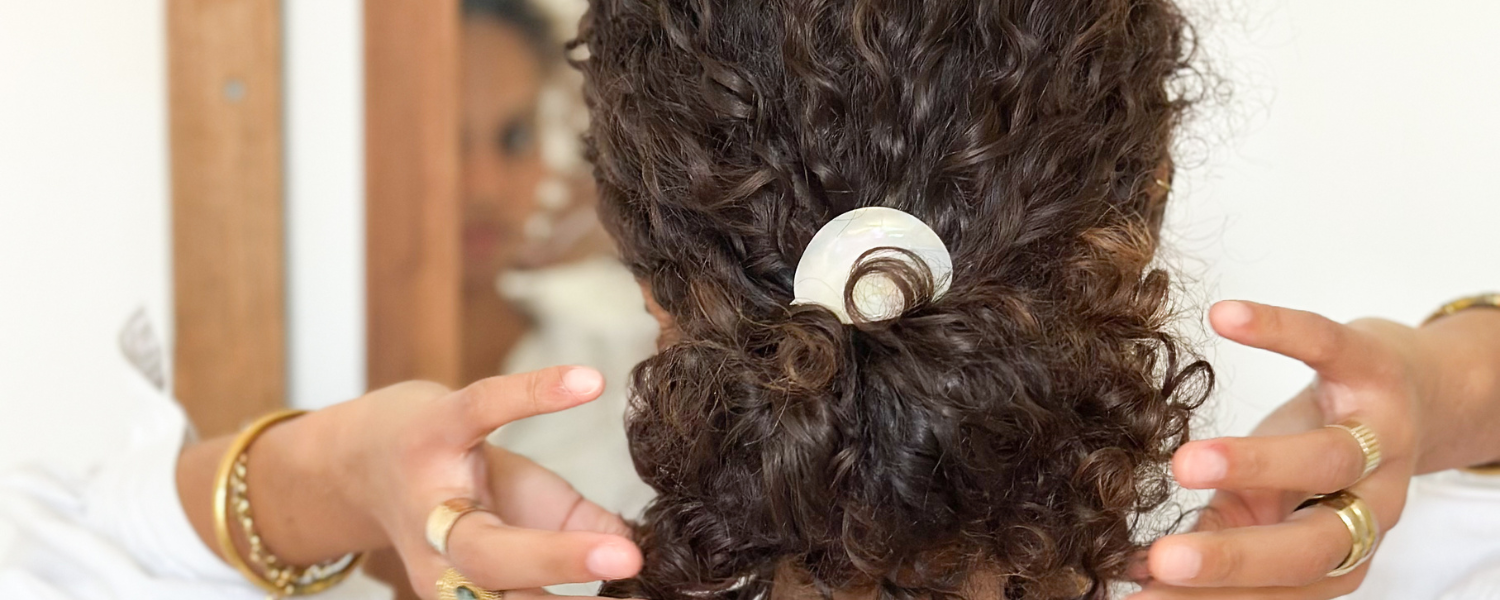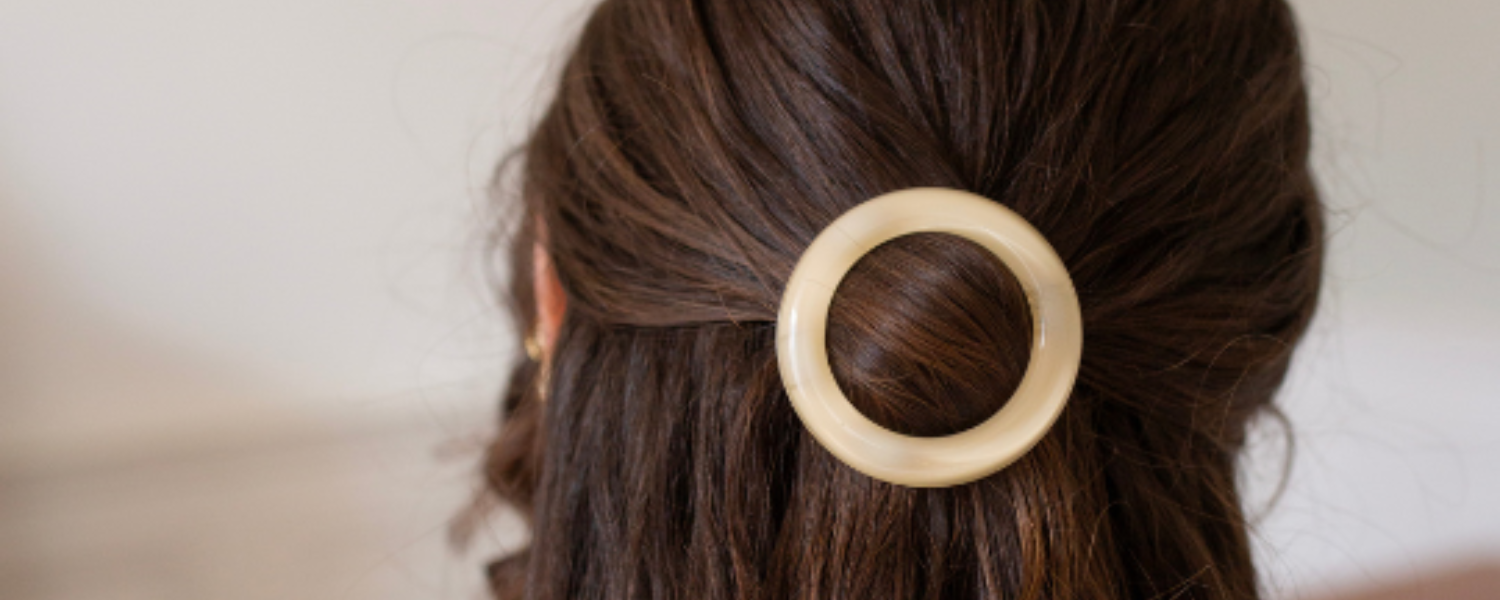
Fine, curly, thick hair: which brush is right for you?
Choosing a hairbrush seems trivial, yet it's one of the most important steps in our haircare routine. Many people use the same brush for years, without ever asking themselves if it's really right for their hair. The result: weakened hair, broken curls, roots that get greasy too quickly, or even lengths that are difficult to tame. The truth is simple: each hair type has its own specific needs, and the brush plays an essential role in meeting them. Fine, curly, or thick hair all have different expectations. So, how do you know which brush to choose to bring out the best in your hair? In this comprehensive guide, we explain how to select the ideal tool based on your hair type.

Choosing the right brush for fine hair
Fine hair is often considered delicate because its fiber is more fragile and brittle than thick hair. It tends to lack volume and can quickly become flat. It also tends to become oily more quickly because sebum produced by the scalp easily spreads along the fiber. An unsuitable brush can exacerbate these problems, weighing hair down or making it static.
For fine hair, it is recommended to opt for a soft brush, which respects its fragility while providing lightness. Combination brushes, which combine boar bristles and nylon pins, can also be interesting: they stimulate the scalp while gently detangling, we recommend using our detangling and shine brush. The important thing is to avoid brushes that are too rigid or too aggressive, which risk breaking the hair and aggravating the lack of density.
The choice of brush can also influence volume. Fine hair often needs a little help to appear fuller. A round brush suitable for blow-drying, for example, can lift the roots and create movement without damaging the fiber. When used properly, it becomes a real ally for giving body to the hair.

Enhance curly hair with the right brush
Curly, frizzy, or coily hair has a unique beauty, but also very specific needs. Their hair fiber is naturally drier, because the sebum produced by the scalp has difficulty circulating to the ends. This explains their tendency to be more fragile, more brittle, and more prone to frizz. Therefore, the choice of brush is absolutely crucial to maintaining the health and definition of curls.
For this type of hair, it is often recommended to avoid dry brushing, as this breaks the natural structure of the curls and leads to frizz. Detangling should be done on damp hair, ideally after applying a moisturizer or conditioner. The ideal brush will then be a brush with soft, spaced bristles, which detangles without breaking the curl and without pulling on the fiber. We recommend our detangling and volume brush with its nylon bristles. Unlike overly rigid combs or classic brushes, this type of tool respects the natural shape of the hair and preserves its spring.
Some brushes are specifically designed to define curls: they separate strands while maintaining their natural movement. Using this type of brush literally transforms your hair, enhancing its volume and suppleness. Additionally, gently brushing curly hair helps distribute moisturizers throughout the hair, boosting shine and elasticity.
The technique is just as important as the tool. Curly hair should be brushed gently, preferably starting at the ends and gradually working your way up to the roots. With the right brush, curls stay bouncy, defined, and shiny, without a frizzy effect.

Discipline and protect thick hair
Thick hair, often considered resilient, is not without its own unique needs. Its impressive density gives it volume and undeniable presence, but it can also make it difficult to style and manage. Detangling can become a real challenge if the wrong brush is chosen.
For this type of hair, it's important to choose a sturdy brush that can work through the hair mass painlessly and without damaging the fiber. Brushes with long, sturdy bristles are particularly suitable, as they reach the scalp while detangling the lengths. Unlike fine hair, thick hair requires more intense scalp stimulation to distribute sebum and promote blood circulation.
Thick hair is often heavier and more prone to tangles, especially when it's long. A detangling brush designed to glide easily through strands helps prevent breakage and makes styling easier. Additionally, wooden brushes with rounded bristles provide a pleasant scalp massage while adding shine.
For styling, a large round brush can be used to smooth and tame hair, especially when blow-drying. It helps control volume while maintaining a silky appearance. Contrary to popular belief, thick hair doesn't tolerate all brushes: the wrong choice can cause frizz and make styling even more difficult.
There's no one-size-fits-all brush. Each hair type deserves special attention and a specific tool. Fine hair needs softness and lightness to maintain its volume and shine. Curly hair requires soft brushes that respect and define its natural movement. Thick hair, on the other hand, requires sturdy brushes that effectively detangle and provide discipline.
Investing in the right brush means investing in the long-term health of your hair. This often underestimated everyday accessory makes all the difference between dull, damaged hair and vibrant, healthy hair. Knowing your needs, understanding your hair type, and choosing the brush that truly suits your needs is the secret to transforming your styling routine into a true act of care.



